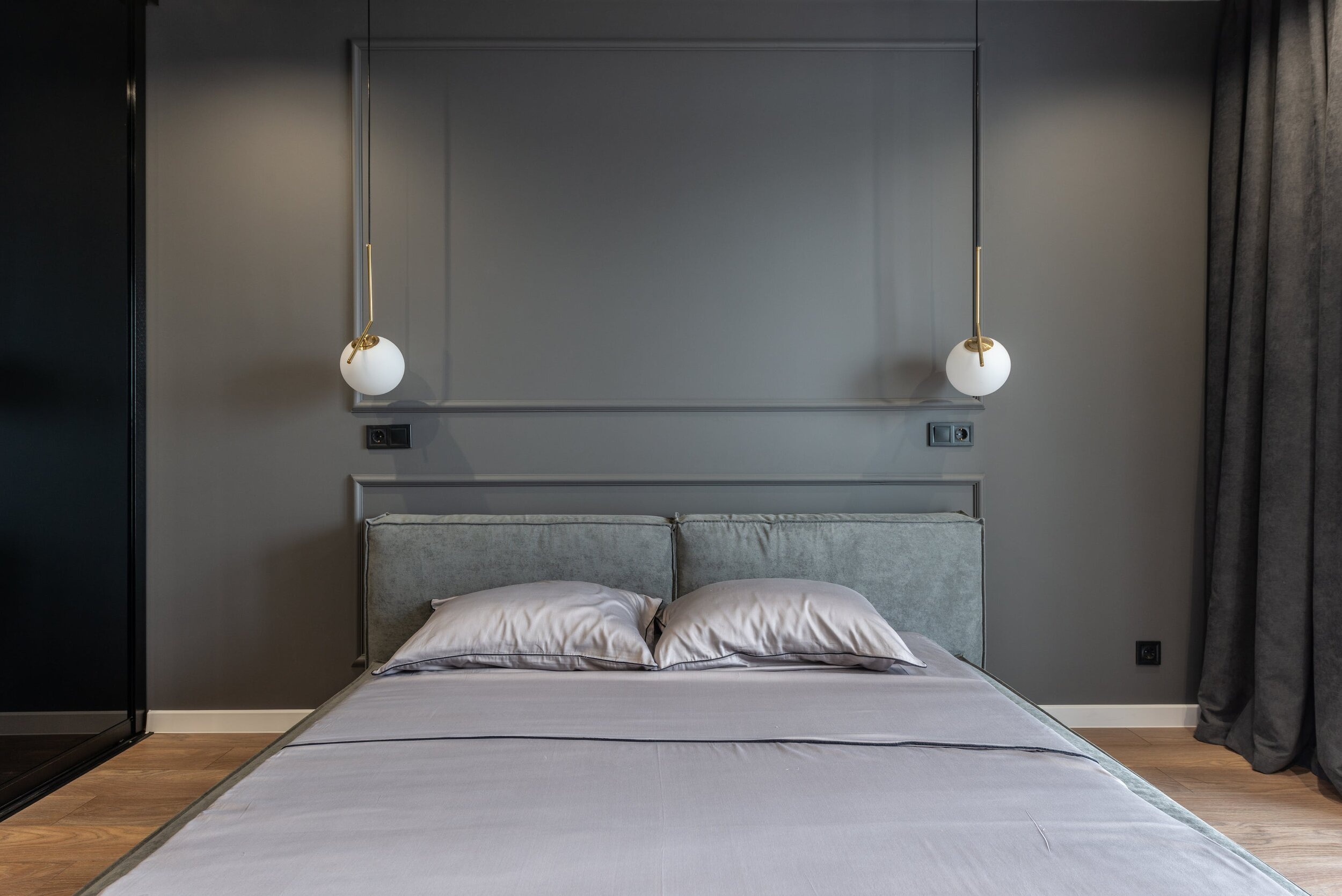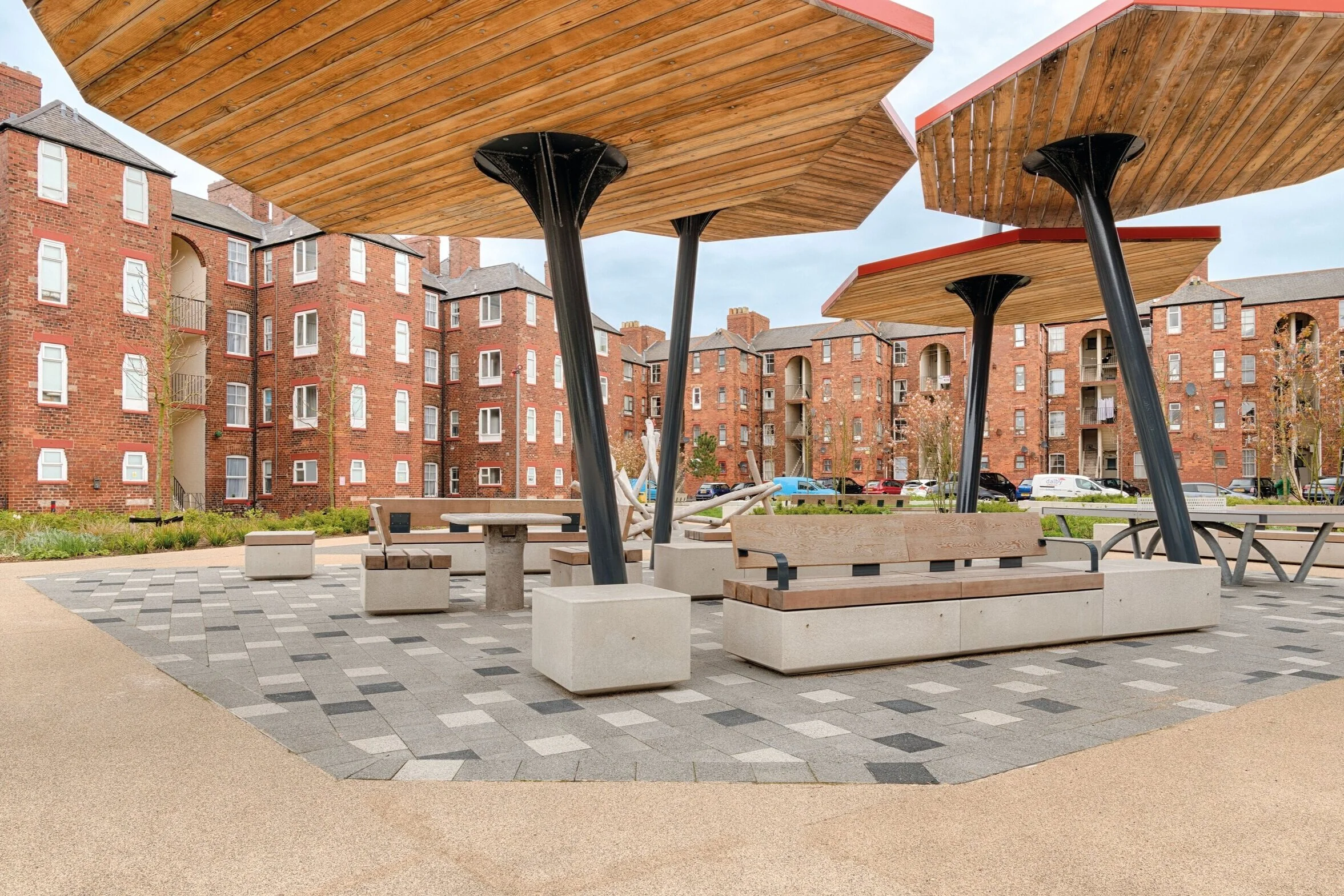Modern Lighting Design Principles for the Home
There are so many design principles to make a home feel brighter, lighter and more open. Someone’s design style of choice will likely depend on the aesthetic they already have — or have planned — for the house.
Lighting is an essential component in decorating, and homeowners have many options, whether starting from scratch or adding on. They can go anywhere from vintage to sleek and modern. Here are a few things to consider when lighting a home.
image © pexels
1. Spread Light Around
Whether starting in a space with an abundance of natural light or brightening a few darker rooms, it helps to spread light sources around rather than condensing them to one corner. Place lamps, fixtures and other light sources farther from windows.
2. Utilize Natural Sources
There’s a reason natural lighting is so critical in most homebuyers’ searches. Natural light is thought to impact mood, productivity and well-being — and it makes rooms look gorgeous to boot.
Utilizing the sun’s natural rays truly can make a big difference in a home. How do you maximize it? Large windows should be kept clean and open whenever possible. Homeowners should install sheer curtains and close shades closer to nighttime if they’re in the mood for a bit of privacy.
3. Use Accent Lighting
Accent lighting is another great way to light and decorate a home. Details like wall lights and landscape lighting can draw the eye to every little facet of the home’s design. Guiding guests through a garden or twilight or lighting a corner reading spot with a warm wall light are choices that can really make a difference in your living space.
Accent lighting can also act as a transition between daytime and nighttime illumination. This allows the best of both worlds, as people can even use it when they want a dimmer hue without too much brightness.
4. Find Adjustable Settings
Customizable lighting allows people to adjust things to their specific needs. This includes anything from a simple dimmer to multiple switches controlling various light sources from the push of a button.
Even if someone doesn't want to dive into the world of smart lighting, there’s still a lot that can be done to adjust illumination without investing in a smart system quite yet.
5. Get Smart
Smart home technology is all the rage right now, and lighting happens to be one of the primary gateways to a more optimized experience. Although this is not exactly a design principle, it can be, due in part to the freedoms and customization options available.
Homeowners can light different aspects of their houses with a single voice command. Plus, if they enjoy this feature, they can expand upon it to get smart in other areas of their home.
6. Install Mirrors
Mirrors are a primary asset when opening up a space, making a room look bigger and even bringing in more light. They reflect any light that shines on them. They can be of great assistance in reflecting both artificial and natural light.
7. Employ Feng Shui
Although feng shui is considered to be a practice of interior decorating, it can also be used to balance a home. Following some of the rules of furniture placement can make appropriate space for a balanced lighting setup.
You don’t have to fully jump into this design approach to benefit from its teachings. Learning a few basic principles can pave the way for a brighter interior.
8. Be Whimsical
Modern lighting isn’t always about being minimalist. Sometimes, it’s about showing a bit of playfulness and having fun. People can use hanging fixtures, fairy lights, string lights or other more playful ideas to create a fun and light environment while also utilizing function.
9. Play With Color
Depending on what a space looks like, this idea might need to be reserved for certain rooms. However, some areas — like the bedroom, bathroom or recreational hangouts — can benefit from colorful lighting. Lightbulbs are available in various colors and can easily be changed based on mood.
10. Go Natural
If someone’s going for a slightly more natural and bohemian look, they can even go a bit more analog with their light sources. While they’re unlikely to light a whole room, candles — both real and artificial — and fireplaces can add a glowing ambiance to any space.
These sources can be used as accent or dimmer lighting to serve both as decoration and illumination.
Modern Lighting Practices for the Home
Modern ways to light a home include opening spaces, brightening things up and bringing balance. Homeowners can try mirrors, feng shui or smart home technology to find what works best in their residence.
Author Bio: Evelyn Long is a writer and editor-in-chief for Renovated, a web magazine for the home industry. Her work focuses on design and construction tactics for industry professionals.
cover image © pexels







